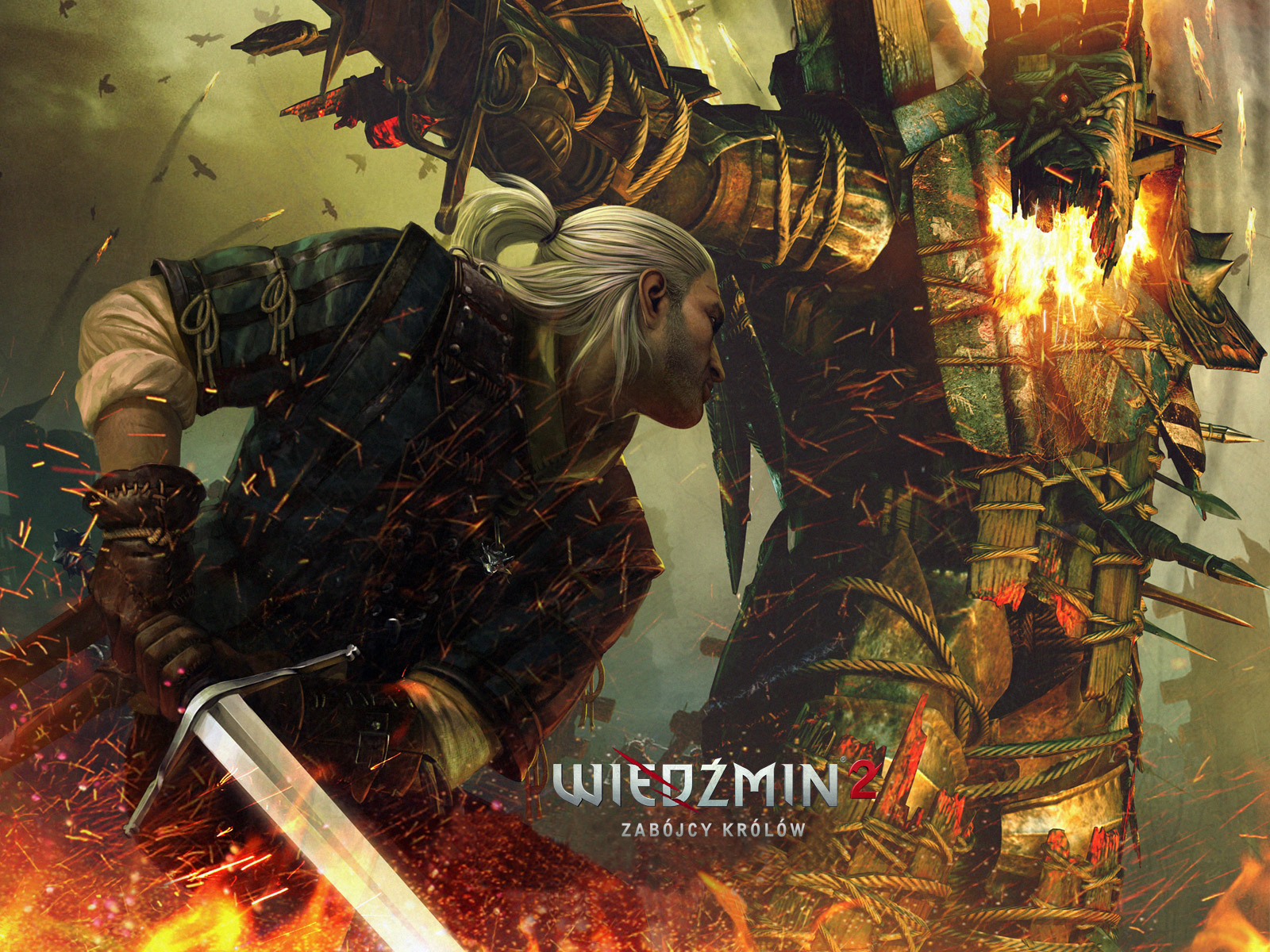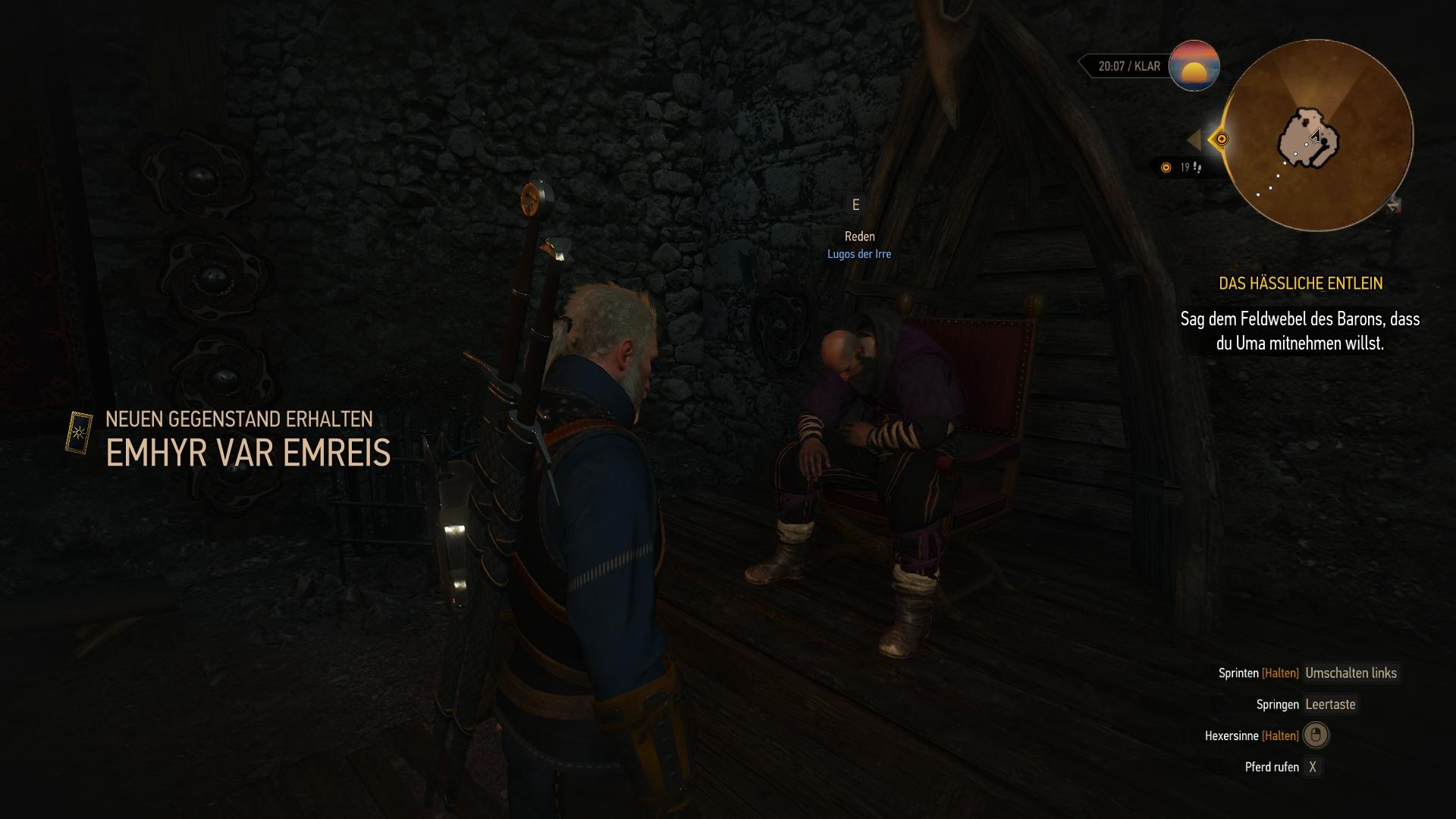



Some draugar at times appeared skeletal as the result of much of their flesh decomposed to the point of exposing bones beneath or worse, their mortal form had since reduced into rotting parts put together by its owner's restless spirit, either of which didn't help as even draugar with least decomposing form still reeked horribly.Įven a draugr's burial mound smells as horrible as its inhabitant as noted in the case of Kárr the Old and Sóti the Viking. In cases of Þráinn (Thrain) the berserker of Valland and Ásviðr (Aswitus), both possess sharp scratching claws that the hero Hrómundr to refer to the former as a sort of cat (Old Norse: kattakyn). Stronger than their decaying forms suggested, draugar are "generally hideous to look at", bearing a necrotic black color (said to be either hel-blár ("death-blue") or nár-fölr ("corpse-pale") to state it in shorthand), and associated a "reek of decay", or more precisely inhabited haunts that often issued foul stench. Unlike regular draug, haugbui cannot leave its grave site and only attacks those who trespass upon their territory. An indication of a corpse that will rise as a draug is being found in an upright or sitting position rather than horizontal.Ī variation of draug is haugbui (from Old Norse haugr’ "howe, barrow, tumulus"), the dead body living on within its tomb. If not dissatisfied or evil, they are unpopular". As Ármann notes, "most medieval Icelandic ghosts are evil or marginal people. It is said that those who returned as a draug are people who nasty, mean, or greedy in life.


 0 kommentar(er)
0 kommentar(er)
